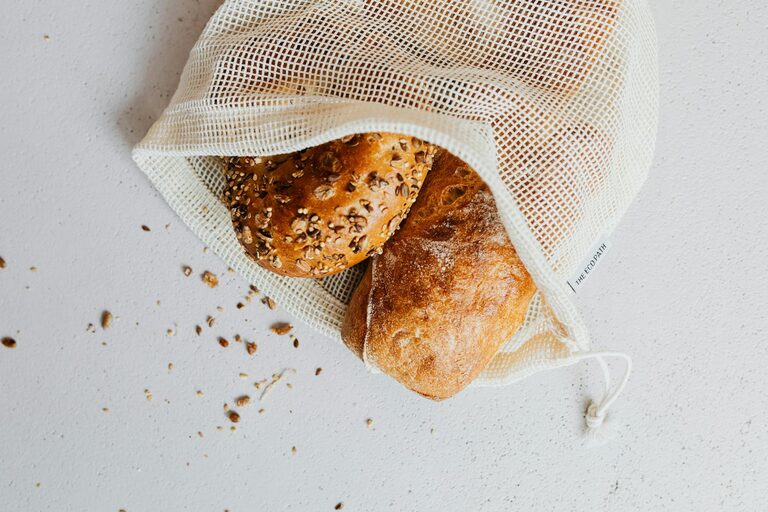How to Plan Meals Using Pantry Staples for Easy, Budget-Friendly Cooking

When it comes to cooking at home, having a well-stocked pantry can be a lifesaver. Pantry staples—those long-lasting ingredients you keep on hand—offer endless possibilities for creating tasty meals without needing a last-minute grocery run. Planning meals based on what you have in your pantry not only saves money but also cuts down on food waste and helps simplify your cooking routine.
In this post, we’ll explore practical tips and strategies for planning meals using pantry staples. Whether you’re new to cooking or just looking to get more creative with your ingredients, this guide will help you turn simple items into satisfying dishes.
What Are Pantry Staples?
Pantry staples are the basic non-perishable ingredients you commonly keep in your kitchen. These can include:
– Dry goods like rice, pasta, lentils, and beans
– Canned items such as tomatoes, beans, and tuna
– Baking essentials including flour, sugar, and baking powder
– Oils, vinegars, and condiments
– Spices and dried herbs
By having a variety of staples, you can mix and match ingredients to create meals without needing fresh ingredients every time.
Benefits of Planning Meals from Pantry Staples
– Cost-effective: Saves money by using what you already have and reduces impulse grocery purchases.
– Time-saving: Cuts down on last-minute decisions and reduces shopping trips.
– Less waste: Helps use up ingredients before they expire.
– Stress-free cooking: Knowing what you can make ahead of time reduces mealtime anxiety.
Step 1: Take Inventory of Your Pantry
Before you start planning meals, it’s important to know exactly what’s in your pantry. Do a quick inventory by:
– Removing expired items
– Grouping similar foods (canned goods together, grains, spices)
– Listing all ingredients on paper or on your phone
This list will serve as a reference for your meal planning and ensure you utilize everything you have.
Step 2: Identify Key Ingredients for Meals
Using your inventory, look for combinations that naturally complement each other. Common “base” ingredients from your pantry include:
– Grains: Rice, quinoa, pasta, couscous
– Legumes: Lentils, chickpeas, black beans
– Canned goods: Tomatoes, coconut milk, beans, tuna
– Flour and baking: Great for making bread, pancakes, or thickening sauces
– Seasonings: Garlic powder, chili flakes, curry powder, dried herbs
These staples can be mixed with fresh or frozen vegetables, proteins, or eggs for balanced meals.
Step 3: Build a Simple Meal Plan
Now, it’s time to create a meal plan. Start by choosing dishes based on pantry ingredients you want to use up. Here’s an example weekly plan:
Sample 3-Day Meal Plan from Pantry Staples
Day 1:
– Lentil and tomato stew (using canned tomatoes, lentils, and spices)
– Rice or crusty bread on the side
Day 2:
– Pasta with garlic and olive oil sauce, topped with canned tuna and herbs
– Simple side salad (using any fresh produce available)
Day 3:
– Chickpea curry with coconut milk and curry powder
– Serve over couscous or rice
This plan showcases how versatile pantry staples can be when you focus on key flavors and ingredients.
Step 4: Experiment with Substitutions
Don’t worry if you don’t have the exact ingredients suggested in recipes. Many pantry staples can be swapped for one another. For example:
– Use canned beans instead of dry beans (just rinse well)
– Replace rice with quinoa or couscous
– Swap canned tomatoes for tomato paste plus water if needed
– Substituting spices according to your taste preference (paprika instead of chili powder)
These simple swaps keep your meal plan flexible depending on what you have on hand.
Step 5: Keep Your Pantry Organized and Stocked
Planning meals from pantry staples works best when your pantry is organized and replenished regularly. Consider the following tips:
– Store items in clear containers so you can see what you have
– Label expiration dates and group similar items together
– Refill commonly used ingredients before they run out
– Keep a running grocery list to restock staples as needed
A well-maintained pantry encourages creativity and saves you time when meal planning.
Bonus Tips for Making Pantry-Based Meals More Delicious
– Use fresh or frozen vegetables to add color and nutrition
– Include fresh herbs or a squeeze of lemon juice to brighten flavors
– Experiment with different cooking methods like roasting, sautéing, or simmering
– Adjust seasoning gradually to avoid overpowering flavors
Conclusion
Planning meals from pantry staples is a smart and practical way to simplify home cooking. By taking stock of what you have, building simple meal plans, and embracing flexibility with substitutions, you can create delicious, budget-friendly meals without the hassle. Keep your pantry organized and regularly stock your essentials, and you’ll always be prepared for easy cooking any day of the week.
Happy cooking!
